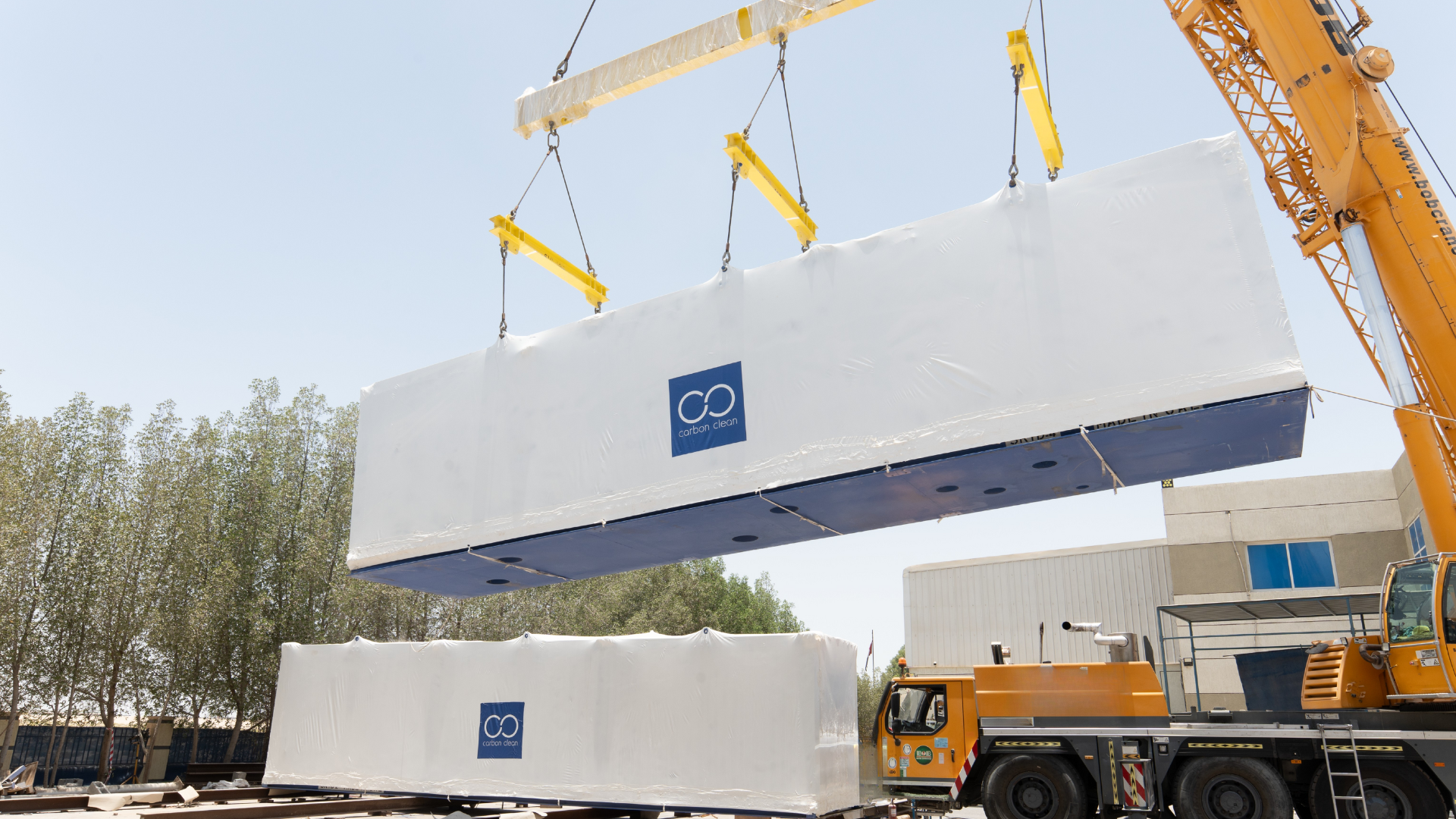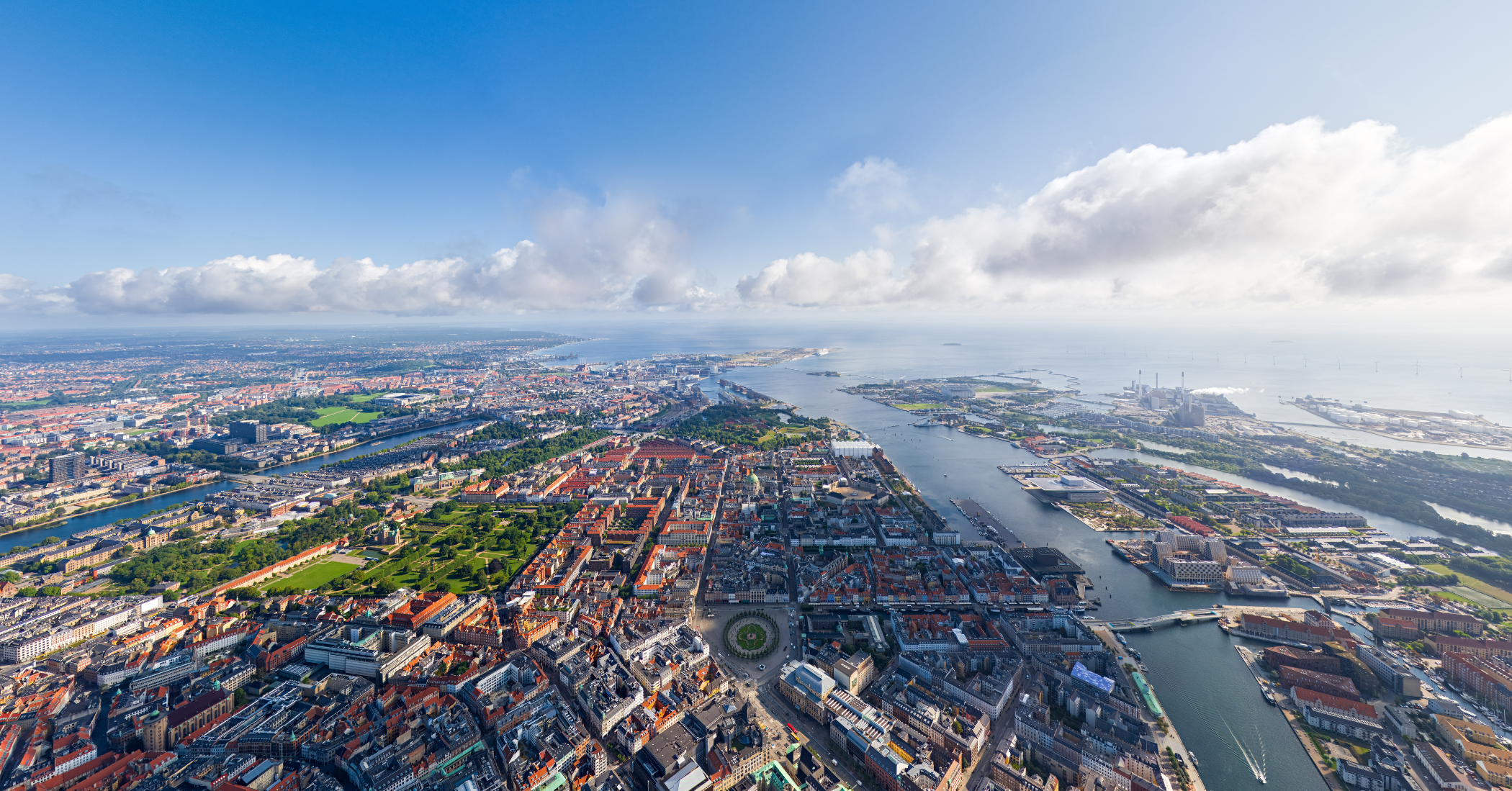Five days later, I had the honour of hosting The Prince of Wales to showcase our revolutionary carbon capture technology, being demonstrated at Doosan Babcock’s Emission Reduction Test Facility in Renfrew, Glasgow. It was a symbolic moment. With discussions around the enormity of the climate emergency, His Royal Highness’ recognition of our technology as crucial to avoiding a climate catastrophe was an empowering moment.
We can’t kid ourselves though – the task before us is enormous. We need to limit global warming to no more than 1.5 degrees, which (based on current emissions levels) involves capturing 51 billion tonnes of CO2 a year – something the IPCC predicts will require an investment of $3 trillion every year, up to 2050.
Our latest revolutionary technology that we showcased in Glasgow breaks down long-standing barriers to widespread CCUS adoption. As the world’s smallest industrial carbon capture solution, CycloneCC is ten times smaller and far cheaper than conventional technology. I firmly believe these types of clean technology will be key if we are to keep global warming within 1.5 degrees.
Judging by this year’s COP, many others agree on carbon capture’s role:
The US and China acknowledged the importance of CCUS in a significant agreement. Both countries will collaborate on the deployment and application of CCUS technology, seeing it as one of five key areas of climate collaboration. When I first founded Carbon Clean, it was hard to even obtain private investor interest. Twelve years later, two superpowers with a vastly complex relationship agree that carbon capture is one of five points of climate cooperation. It has taken a while, but CCUS is getting the recognition it needs.
Focused on clean technology, day two of COP delivered two key carbon capture outputs:
- Carbon capture will play a key role in delivering on the vision set out by 40 world leaders in the ‘Breakthrough Agenda’. As a facilitator of low carbon steel and blue hydrogen, carbon capture is crucial to making clean power, low carbon steel, hydrogen and sustainable farming available to all nations by 2030.
- Four new missions were launched to enable a net reduction of 100 million metric tons of CO2 per year by 2030. Particularly encouraging was seeing representatives of some of the world’s wealthiest and heaviest emitting nations agreeing to advance carbon dioxide removal technologies, including through the Carbon Dioxide Removal (CDR) Mission, an initiative co-led by the USA, Saudi Arabia, and Canada. Various forms of carbon capture have a role to play in delivering net zero, this includes both readily available carbon capture solutions and moonshot innovations.
De-risking investment and setting the agenda: the role of government
Carbon Clean has been the recipient of government funding on three occasions, including at SEED stage, prior to private investment. It was pivotal to our growth and a key reason why today we have managed to capture 1.4 million tonnes of carbon dioxide and counting!
Governments have an important role to play in de-risking investments and setting the agenda. This is why I was particularly delighted to see two funding government commitments both during and after COP:
- The $1 trillion US Infrastructure Investment & Jobs Act allocated over $10 billion to develop CCUS technologies. Government backing gets projects off the drawing board and into a plant – this is particularly relevant with heavy industry, one of the hardest sectors to innovate due to high barriers of entry. We are ourselves a recipient of US Government funding via a grant to develop a carbon capture plant with CEMEX so speak from experience!
- And lastly, but by no means least, the EU is backing seven large-scale industrial decarbonisation projects through its Innovation Fund, with over €1.1 billion to support breakthrough clean technologies, including carbon capture. As the European Commission’s Vice-President, Frans Timmermans, says: “Innovation is crucial to provide the solutions we need this decade to keep 1.5°C within reach.”
I’ve heard leaders make these remarks for some time, but it’s great to see words backed up with capital. That’s my enduring takeaway from COP26: carbon capture is firmly on the agenda, and it’s not just supported with words this time; there’s significant money on the table to facilitate scalable decarbonisation.



